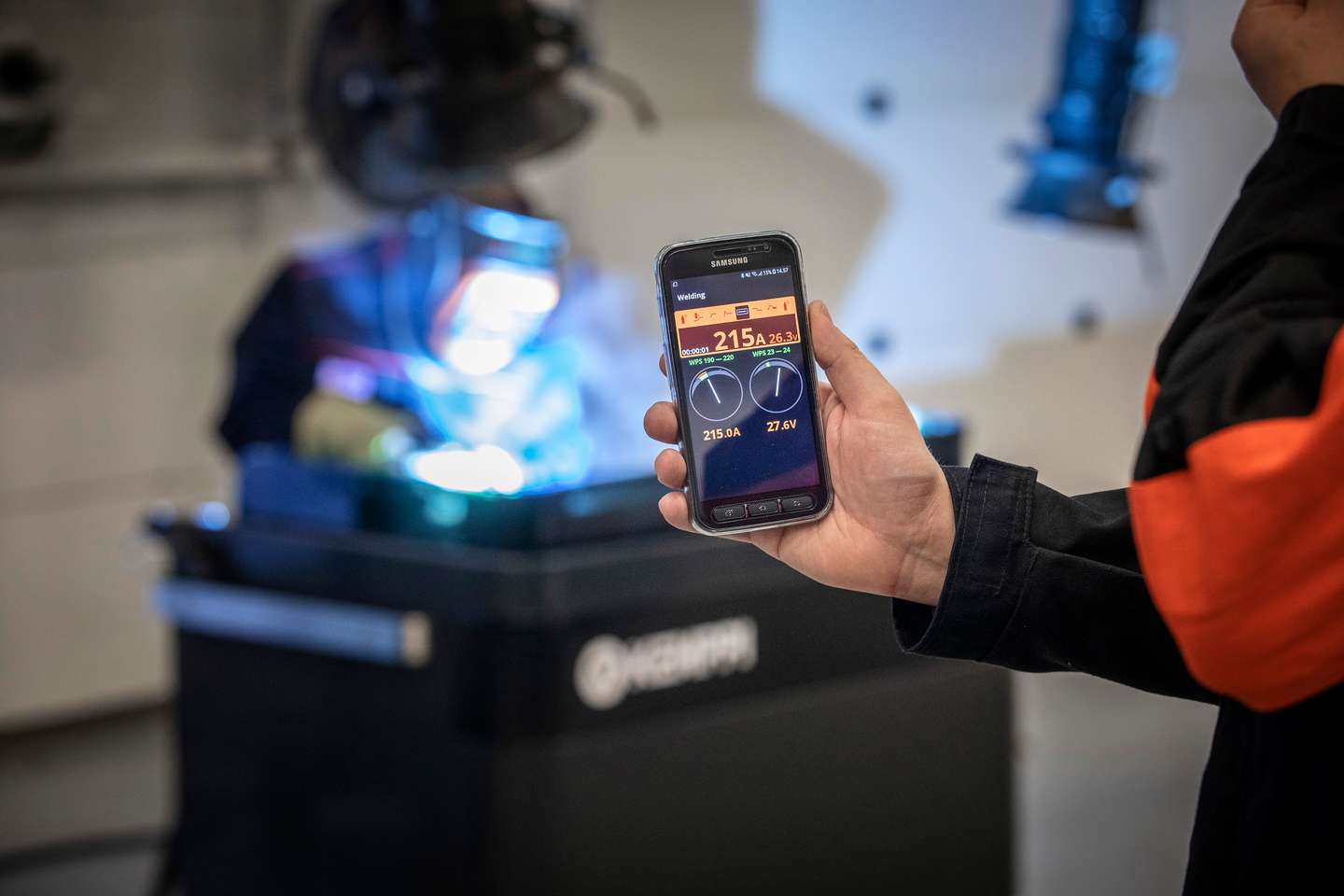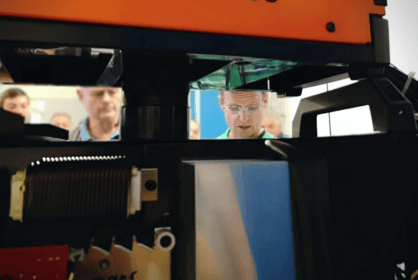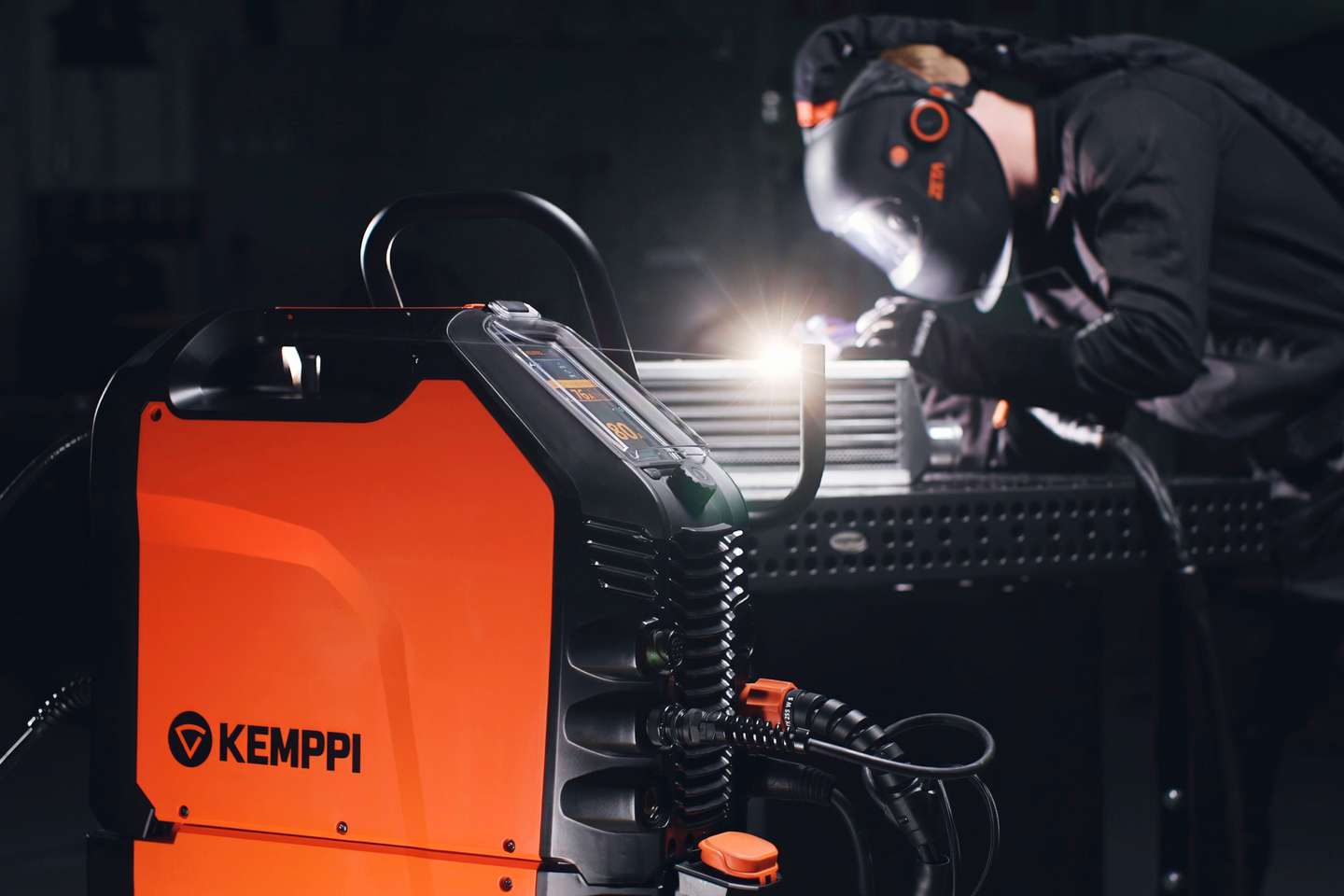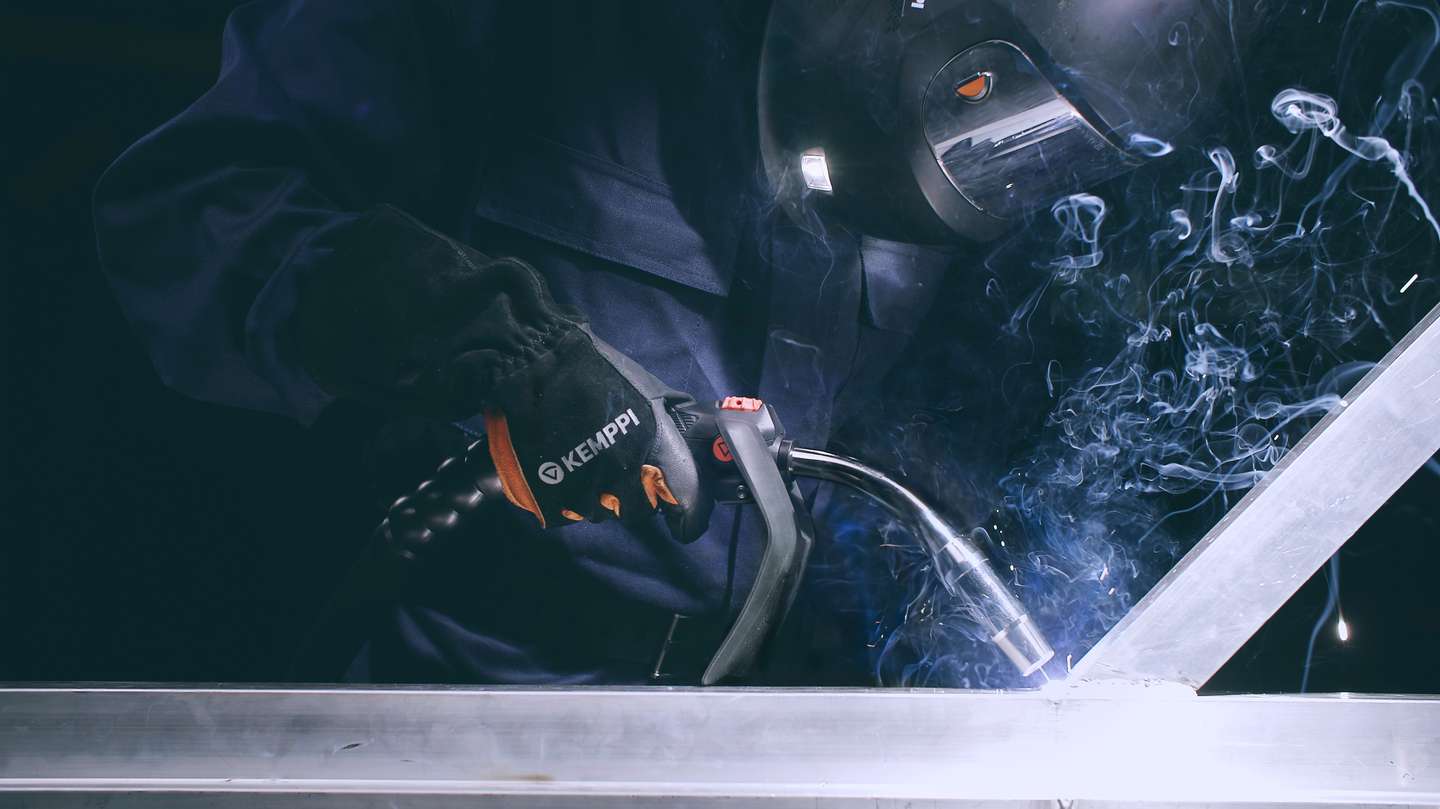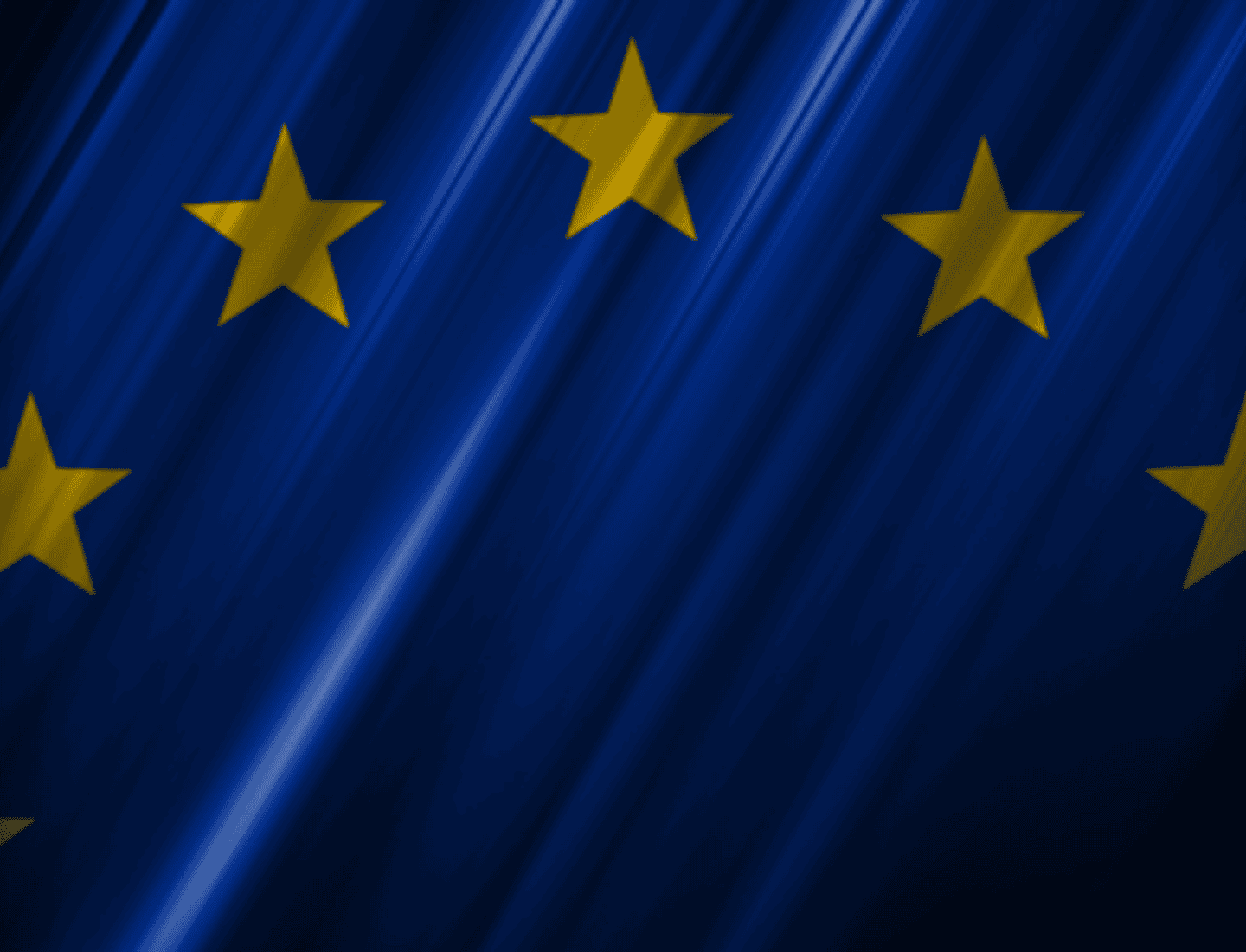
Innowacja
Kemppi and the EU Ecodesign Directive
25 października 2022
As of January 1st 2021, the European Union established an Ecodesign Directive that directly applies to any energy-using products sold in the member states, including welding machines. What does this mean, and what can a manufacturer do to keep up with the directive? Is it possible for the welding machine industry to become fully green? At Kemppi, environmental awareness is simply one of our operating principles.
Anu Rousku

Anu Rousku
Anu Rousku
Marketing Communications Specialist at Kemppi Oy until September 2020. Experienced professional in content marketing with a demonstrated history of working in the industrial B2B sector. Playing with words, persuading the reader, with the spirit of getting things done – it is all seen in the result.

